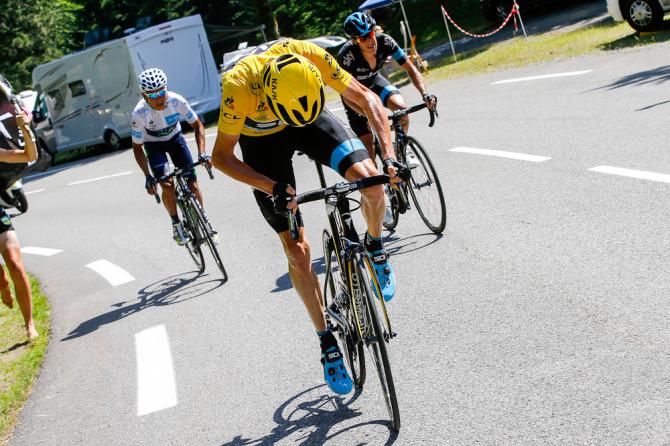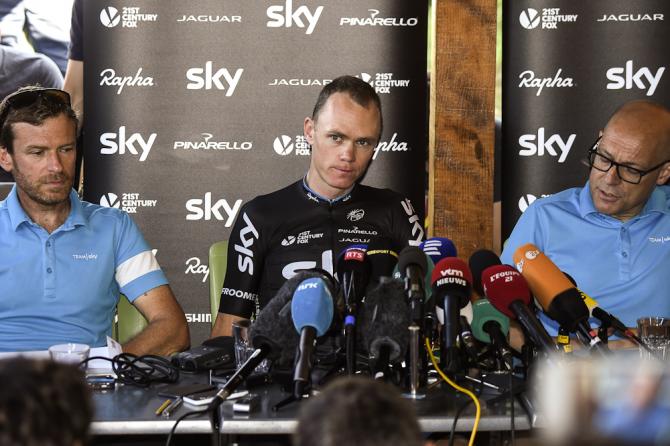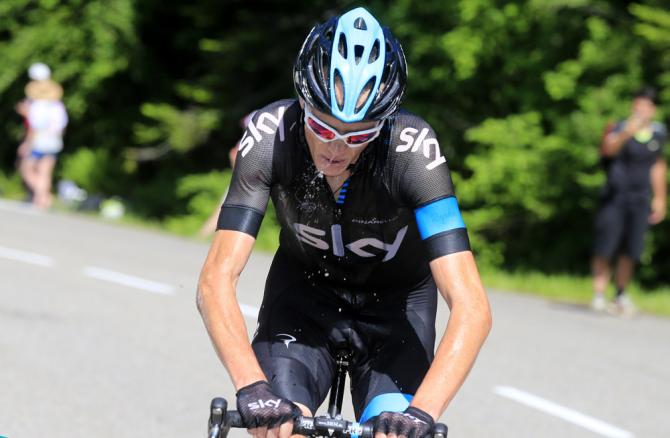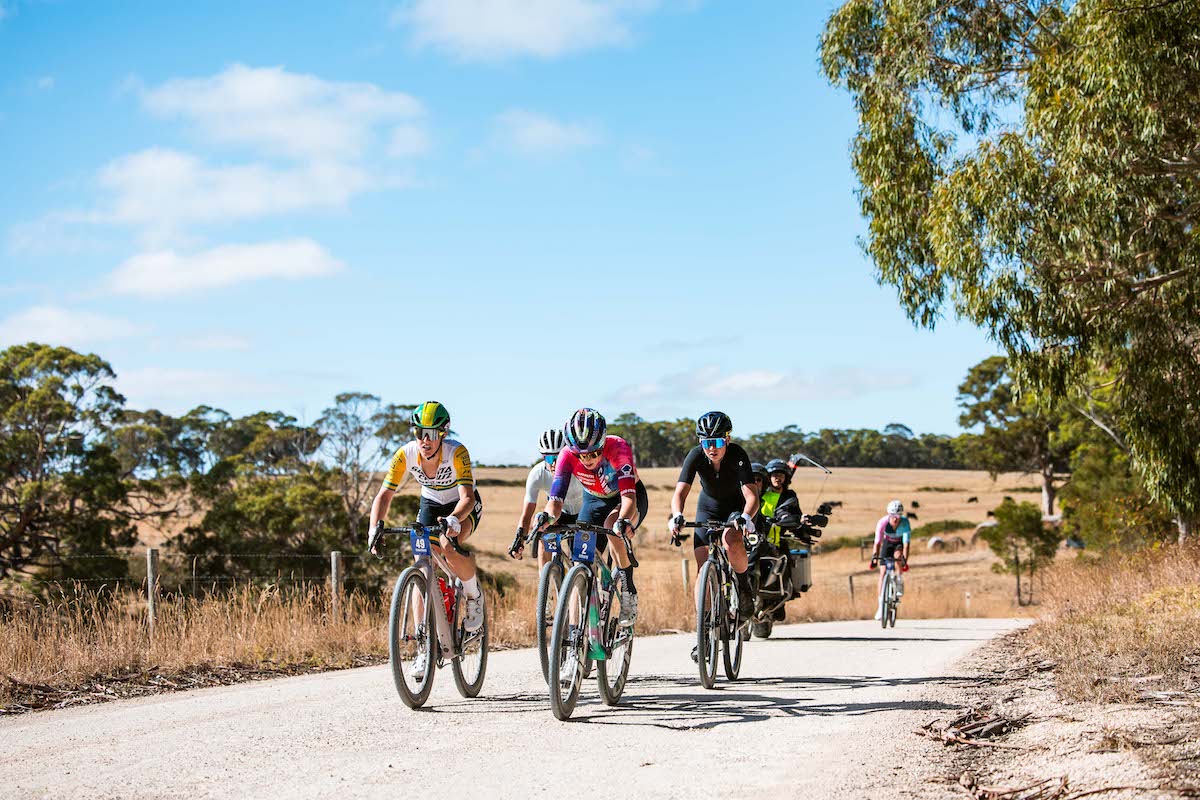What to expect from Chris Froome’s physiological test data
Expert analysis from Prof Ross Tucker, PhD
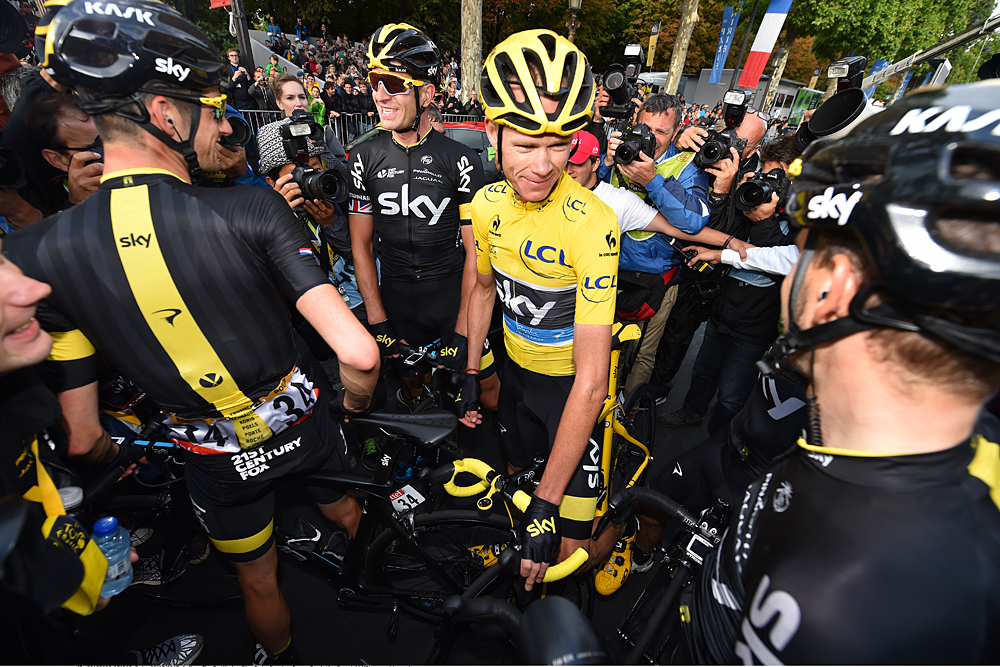
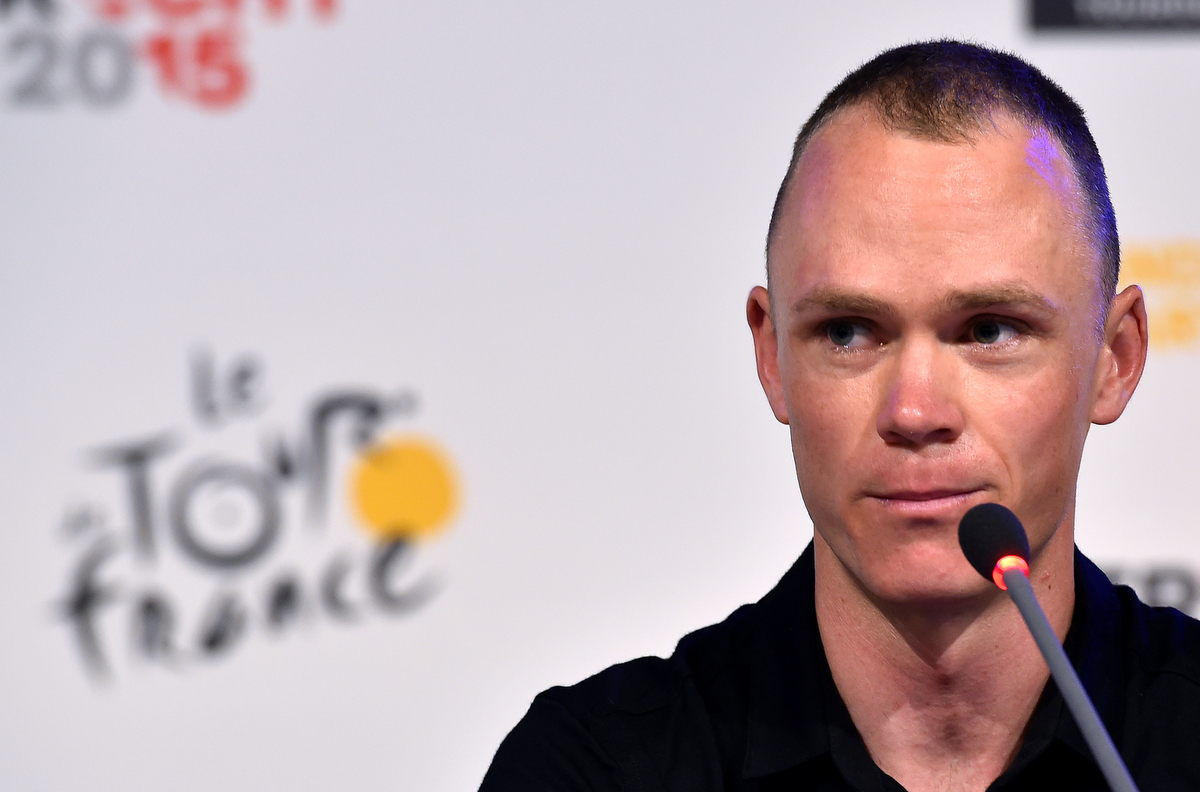
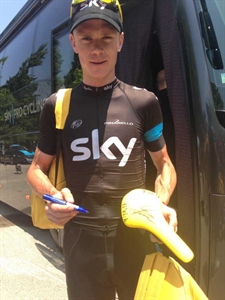
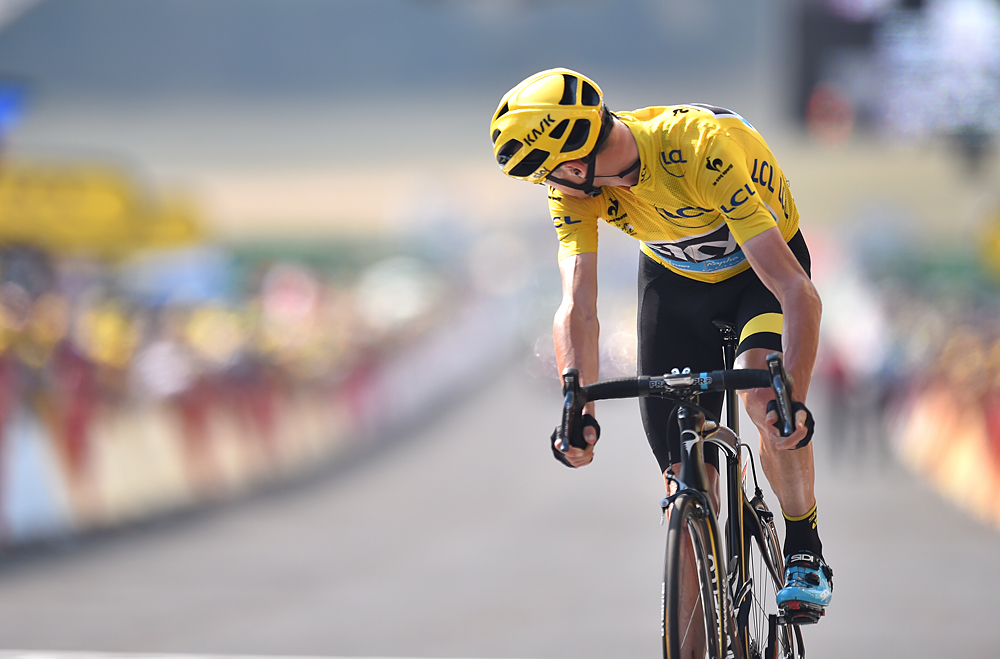
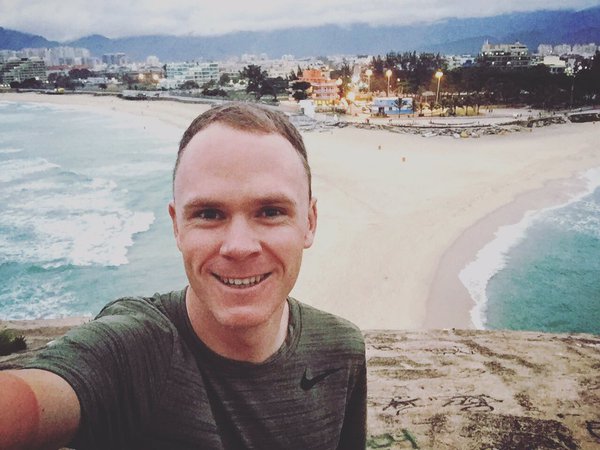
On Friday two-time Tour de France winner Chris Froome will release data from his physiological testing carried out earlier this year. We don't know what the tests or the data will show and we can only speculate at this point. However, there are certain areas that the testing should address, and while they will provide a snapshot, what's important is that they're used as part of a long-term project.
Froome begins physiological testing ahead of Vuelta a España
Froome to release physiological testing data before end of year
Froome to release physiological testing data on December 3
Chris Froome explains delay in publication of physiological data
Froome's physiological tests will not stop every doubter, says Brailsford
To reduce it to a simple explanation, cycling performance is the result of three inputs, all of which are measurable and, in combination, determine the performance capabilities of the cyclist.
1. VO2max. This is the capacity of the body to use oxygen at maximum exertion. Think of it as the size of the engine. It's a function of many things, but is best understood as the integration of how the brain activates muscle which drives demand for blood and oxygen that is met by the heart and lungs.
The very best endurance athletes in the world have VO2max values in the high 80s, with some even in the 90s. There's very little data in scientific journals on the very best cyclists – Froome's stands to be among the first when eventually published. To date, we have only media reports and claims that may be exaggerated. They have Greg Lemond at 92 ml/kg/min, Miguel Indurain at 88 ml/kg/min and Nairo Quintana at 86 to 90 ml/kg/min, depending which source is used.
2. Efficiency. In human physiology, this is measured as the oxygen used to produce effective work. For instance, if a cyclist is producing 100 Watts of actual power on the bike, they might be using 500W of metabolic energy to do so. They would then be 20% efficient – think of it as work output divided to true work input.
There is some debate about the upper limits for efficiency in cyclists. Some data have measured elite cyclists above 25 per cent, but those values are disputed, with most other testing showing values between 21 and 23 per cent. Lance Armstrong's highest recorded efficiency was 23.1 per cent. We don't know the values for any of the current generation of top cyclists.
We do know that VO2max and efficiency tend to be inversely related, which makes logical sense – if you are very efficient, then the demand for oxygen is lower, even at maximum exercise, so your VO2max tends to be lower. So the combination of huge VO2max and very high efficiency is very, very unusual.
The latest race content, interviews, features, reviews and expert buying guides, direct to your inbox!
3. Threshold power output. There are a few different names for this, but they all boil down to the same thing: the ability of the cyclist to sustain a high intensity for a long period. One of the key differences between elite endurance athletes and 'hobbyists' and recreational riders is that the elites are able to get much closer to their maximum capacity and then stay there for longer. It's oversimplifying, but we often measure the lactate threshold as an indicator of this, because it's thought that once the cyclist is above their lactate threshold intensity, they will be forced to slow down, and so that's a physiological measure that sets, to some extent, the limit for sustained performance.
So, when Chris Froome releases his data, expect to see all three of those measures accounted for somehow. He will have to release his VO2max as a bare minimum, because that's what many of the onlookers were calling for. If that's all he releases now, it will be a show of partial-transparency that will amplify more questions, and I'm sure Froome knows this. The question is how far are they going to go into the detail of these three physiological variables?
Assuming we get a reasonable look, what will it all mean? To be blunt, not a great deal, in the absence of context. If you open a book and read one chapter only, you might get a tiny idea of the plot and some of the characters, but you can't fully understand it in the absence of the preceding chapters. And that's what we'll get on Friday – one chapter, perhaps two, in a book that's taken years to write.
And that's not without value – it's better than leaving the book permanently closed, but if the expectation is that this chapter will explain the whole story, then we are all setting ourselves up for disappointment, and arguably, we may end up worse off. That's because this data could ask, rather than answer, every question, and likely cause further confusion. It may polarize opinion, in that the doubters will find more reasons for mistrust, while those who believe will be affirmed by the apparent show of transparency.
What the data won't do is:
b) provide evidence that he is definitely clean. That's because of a catch-22 in relation to the conditions of the test, but secondly the physiology that was measured and that we'll see on Friday will merely confirm what his on-the-bike-performances had already told us.
We already knew what he is capable of – 6 W/kg for period of 40 min, with even higher power outputs, up to 6.4W/kg, for slightly shorter efforts. That's based on what we've modeled during the Tour and for all the talk of it being "pseudoscience", I'm very confident in those estimates.
If I had to make some informed predictions, a rider who can produce those performances would require a VO2max between 85 ml/kg/min and 90 ml/kg/min, in combination with efficiency of between 23% and 23.5%. He could get away with a lower VO2max (smaller engine) if his efficiency is much higher, and vice-versa, but I suspect we'll see pretty much what's expected at the top end of what is known of human physiology.
In this regard, one can feel some sympathy for Froome in that he will (partly justifiably) say that he's done what was asked. And certainly, many were asking for a VO2max test, as though this would be the piece of the puzzle that would help it all make sense. That request was, in my opinion, misguided. A single VO2max test, even with reams of supporting physiological data like heart rates, and lactates, can't complete the story when you're trying to read the entire book.
So Froome's act of transparency, belatedly, deserves credit for what it is, but it won't pacify most, because it can't. That's why I and many others have called for this kind of performance testing to be done in a type of passport system, where the athlete is regularly monitored.
Of course, there is a chance that Froome will also release the results of testing that was done on him in 2007, by the UCI. If that were to be linked to the 2015 data, then we'd be in a better position to evaluate. It would be like having two chapters of a book, which provides some context, and possibly alignment, between then and now.
What would help is the pairing of this data with biological data, as well as more data over time (which, apparently doesn't exist, as Froome reportedly never did a VO2max test with Sky). However, biological data does, both from the passport and what would be regular medical checks by the cyclist.
The key words in this whole debate are "longitudinal" and "comparative". That is, time and space. How has Froome changed over time, and how does he compare to other cyclists? He is one of first to provide this kind of data (Thibaut Pinot has provided very detailed data already), and should be commended for an act that others will hopefully follow. However, his biological data is what would provide the context to his physiology and his performance, and unless all three strands are viewable, in parallel, the story will remain incomplete.
That's especially true if we see the 'chapters' from 2007 and 2015. The only way to link those is to provide biological data that would make the bilharzia (and asthma) a plausible explanation.
Without that, there will remain a gap that people will fill as they see fit, which is where this whole process is likely to be more divisive than it is to provide any clarity.
So if asked what it would take to be confident, I'd answer that it would require full disclosure of all of it – the outcomes (performance data), the inputs (physiological data and biology), and possibly even the behaviors that produce those inputs (training data, though this shouldn't be made public until retirement).
Finally, in terms of the testing process, two thoughts.
